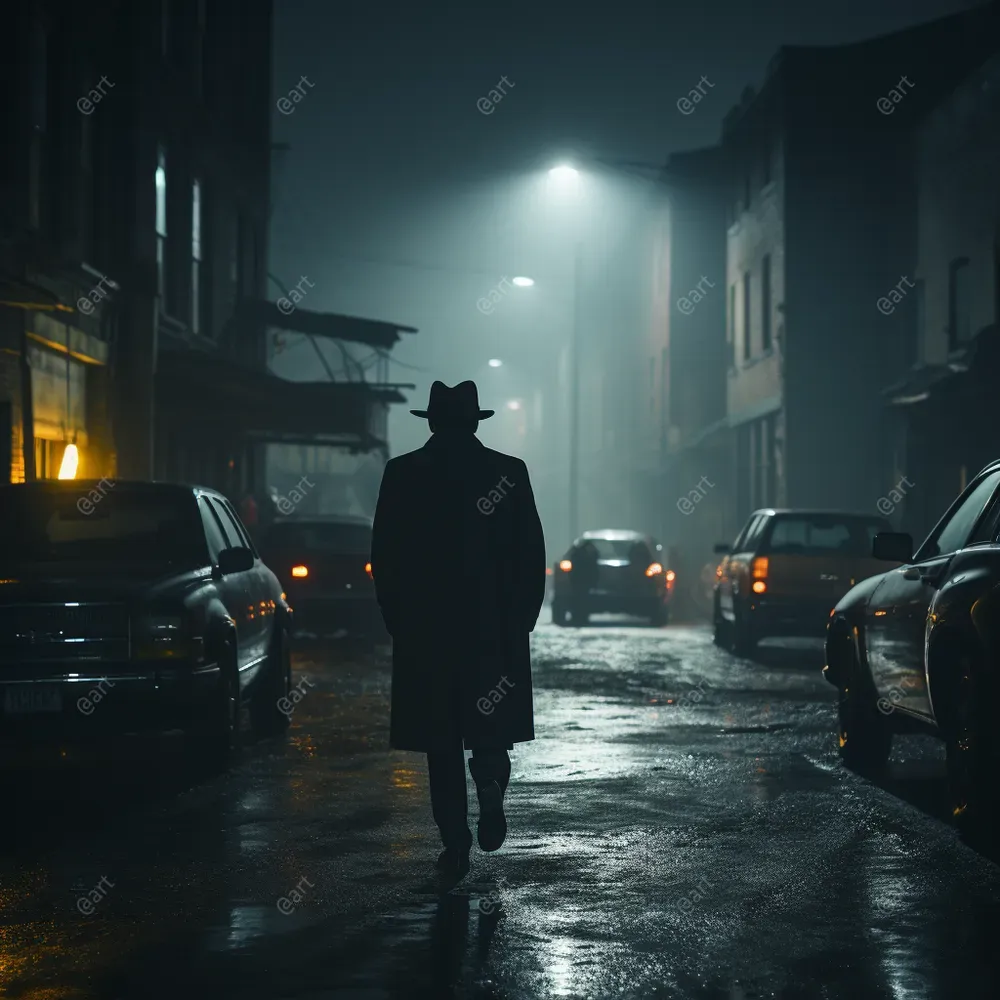In the velvety embrace of cinematic masterpieces, few films capture the ephemeral essence of love as poignantly as “In the Mood for Love.” Directed by the visionary Wong Kar-wai, this film transcends mere storytelling, immersing viewers in a world steeped in longing and unfulfilled desires. The stills from this cinematic gem are not just mere frames; they are windows into a tapestry of emotions, meticulously crafted to invoke palpable feelings of yearning. Each image delves deep into the psyche, imparting an experience that beckons savoring and reflection.
Every frame in “In the Mood for Love” is an artful composition, meticulously designed to convey complex sentiments. The use of color is striking; rich hues envelop each character, wrapping them in a cocoon of intimacy while simultaneously illustrating their isolation. For instance, the predominant use of reds and golds signifies warmth yet creates an ironic contrast to the characters’ cold, unfulfilled interactions. This careful manipulation of color not only heightens emotional resonance but also serves as a powerful narrative device, inviting viewers to ponder the intricate dynamics of love and loneliness.
Moreover, the cinematography, spearheaded by the acclaimed Christopher Doyle, is nothing short of mesmerizing. The subtle movements of the camera coupled with the strategic placement of characters in the frame amplify the tension between them. Look closely at the framing of scenes—notice how characters often appear confined within their urban surroundings. This is not merely an aesthetic choice; it speaks volumes about their internal struggles and the societal norms that bind them. The stills encapsulate the delicate dance of proximity and distance, echoing the ever-present push and pull inherent in romantic relationships.
As you delve deeper into the stills, it becomes evident that space plays a pivotal role in conveying narrative depth. Wong Kar-wai employs tight framing and close-ups to illustrate the micro-expressions of his characters. Each glance, sigh, and fleeting touch is magnified, creating an intense emotional ambiance that lingers long after the film ends. Such meticulous attention to detail encourages viewers to experience vicarious emotions, as if they are a silent observer of the characters’ secret lives. This technique renders the film a visual symphony, where even silences become significant notes in the score of love’s complexities.
The juxtaposition of time within the film, primarily through its use of slow motion and lingering shots, further enhances its thematic richness. Moments are suspended, creating a dreamlike quality that transcends the ordinary flow of life. This manipulation of time evokes a sense of nostalgia, compelling viewers to confront their own memories of love, loss, and longing. In doing so, these stills artistically invite a shift in perspective, pushing the audience to explore the fleeting nature of time and its profound effect on relationships.
In essence, “In the Mood for Love” serves as a poignant meditation on the nature of love itself. The stills broach timeless questions: What is intimacy? How do societal expectations shape our desires? Wong Kar-wai deftly navigates the labyrinth of emotional connections, offering not just a narrative, but a haunting exploration of the human condition. These stills immortalize a particular brand of love—one that is electrifying yet stifled, vibrant yet veiled in heartbreak.
Another notable aspect of the film’s aesthetics is its meticulous attention to fashion. The costumes play an integral part in establishing the mood and character development. The iconic qipaos worn by the female protagonist evoke a sense of cultural identity and femininity, serving as a visual metaphor for the constraints imposed upon her desires. The sartorial choices become symbols of their own, encapsulating the characters’ emotional landscapes while simultaneously allowing them to project an outer image of sophistication. Such interplay between costume and character in these stills ignites a discussion on how identity is crafted in the context of love and societal expectations.
It’s worth noting the film’s ability to evoke a feeling of universality despite its deeply personal narrative. The stills resonate across cultural boundaries, appealing to a shared human experience. Love, in all its forms, binds us together, and Wong Kar-wai’s vision captures this sentiment beautifully. The emotions expressed in the stills can trigger reflections on one’s own relationships, transcending time and space. In this way, each image serves as a portal, inviting viewers to examine their own lives through the lens of love’s intricacies.
Ultimately, the allure of “In the Mood for Love” lies not only in its storytelling but in its visual poetry. The stills craft a narrative that lingers in the heart and mind, urging contemplation. A myriad of feelings are coaxed forth from the depths of one’s own experiences, encouraging viewers to embrace their vulnerabilities and appreciate the beauty inherent in the fleeting moments we share. In an age where connection often feels ephemeral and superficial, these frames remind us of the profound impact of love, however brief it may be. They challenge us to pause, to reflect, and ultimately, to cherish the intricate dance of human emotion.
As you explore these stills, allow yourself to be transported into this world of exquisite beauty and melancholy. Let curiosity flourish as you analyze the nuances of each frame, compelling you to reconsider what it means to love, and to be loved, in a world where so much remains unspoken. “In the Mood for Love” is more than a film; it is an experience, an invitation to dwell in the past, engrossed in beauty, longing, and the ever-elusive essence of love.

